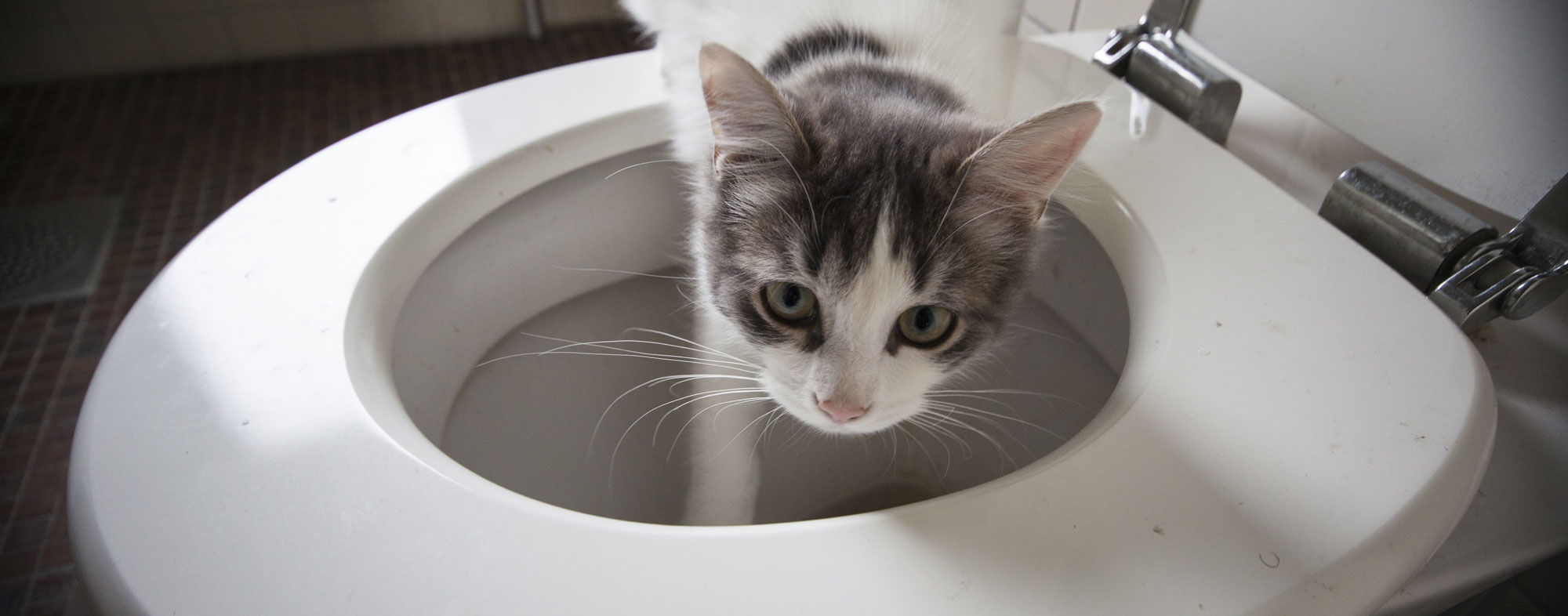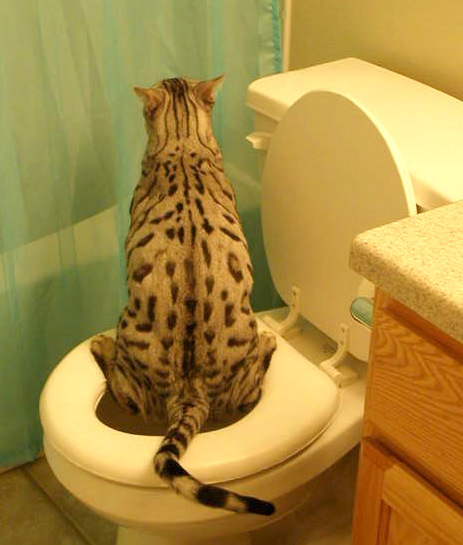Don't Flush Cat Poop Down Your Toilet - Maintain Your Home's Pipe System
Don't Flush Cat Poop Down Your Toilet - Maintain Your Home's Pipe System
Blog Article
What're your concepts about Don’t flush cat feces down the toilet?

Introduction
As feline proprietors, it's essential to be mindful of how we deal with our feline buddies' waste. While it may appear practical to flush pet cat poop down the bathroom, this practice can have destructive consequences for both the setting and human health and wellness.
Alternatives to Flushing
The good news is, there are more secure and a lot more responsible means to get rid of cat poop. Think about the following choices:
1. Scoop and Dispose in Trash
The most usual technique of disposing of feline poop is to scoop it into an eco-friendly bag and throw it in the garbage. Be sure to utilize a dedicated clutter inside story and dispose of the waste immediately.
2. Use Biodegradable Litter
Select biodegradable feline clutter made from materials such as corn or wheat. These trashes are eco-friendly and can be safely taken care of in the trash.
3. Bury in the Yard
If you have a yard, take into consideration burying feline waste in a marked area away from veggie yards and water sources. Make sure to dig deep adequate to prevent contamination of groundwater.
4. Install a Pet Waste Disposal System
Purchase a pet dog waste disposal system particularly made for cat waste. These systems utilize enzymes to break down the waste, minimizing smell and environmental effect.
Health and wellness Risks
Along with environmental worries, purging cat waste can also position wellness threats to humans. Cat feces may consist of Toxoplasma gondii, a bloodsucker that can create toxoplasmosis-- a possibly serious health problem, specifically for pregnant women and individuals with weakened body immune systems.
Ecological Impact
Flushing cat poop introduces dangerous pathogens and parasites into the supply of water, presenting a substantial threat to aquatic environments. These contaminants can negatively influence marine life and compromise water top quality.
Final thought
Liable animal possession expands beyond providing food and shelter-- it also entails correct waste monitoring. By avoiding purging cat poop down the commode and going with different disposal approaches, we can lessen our ecological footprint and protect human health.
Why Can’t I Flush Cat Poop?
It Spreads a Parasite
Cats are frequently infected with a parasite called toxoplasma gondii. The parasite causes an infection called toxoplasmosis. It is usually harmless to cats. The parasite only uses cat poop as a host for its eggs. Otherwise, the cat’s immune system usually keeps the infection at low enough levels to maintain its own health. But it does not stop the develop of eggs. These eggs are tiny and surprisingly tough. They may survive for a year before they begin to grow. But that’s the problem.
Our wastewater system is not designed to deal with toxoplasmosis eggs. Instead, most eggs will flush from your toilet into sewers and wastewater management plants. After the sewage is treated for many other harmful things in it, it is typically released into local rivers, lakes, or oceans. Here, the toxoplasmosis eggs can find new hosts, including starfish, crabs, otters, and many other wildlife. For many, this is a significant risk to their health. Toxoplasmosis can also end up infecting water sources that are important for agriculture, which means our deer, pigs, and sheep can get infected too.
Is There Risk to Humans?
There can be a risk to human life from flushing cat poop down the toilet. If you do so, the parasites from your cat’s poop can end up in shellfish, game animals, or livestock. If this meat is then served raw or undercooked, the people who eat it can get sick.
In fact, according to the CDC, 40 million people in the United States are infected with toxoplasma gondii. They get it from exposure to infected seafood, or from some kind of cat poop contamination, like drinking from a stream that is contaminated or touching anything that has come into contact with cat poop. That includes just cleaning a cat litter box.
Most people who get infected with these parasites will not develop any symptoms. However, for pregnant women or for those with compromised immune systems, the parasite can cause severe health problems.
How to Handle Cat Poop
The best way to handle cat poop is actually to clean the box more often. The eggs that the parasite sheds will not become active until one to five days after the cat poops. That means that if you clean daily, you’re much less likely to come into direct contact with infectious eggs.
That said, always dispose of cat poop in the garbage and not down the toilet. Wash your hands before and after you clean the litter box, and bring the bag of poop right outside to your garbage bins.
https://trenchlesssolutionsusa.com/why-cant-i-flush-cat-poop/

I recently found that article about Can You Flush Cat Poo or Litter Down the Toilet? while doing research the internet. Those who appreciated our blog post please remember to share it. Many thanks for taking the time to read it.
View More Report this page